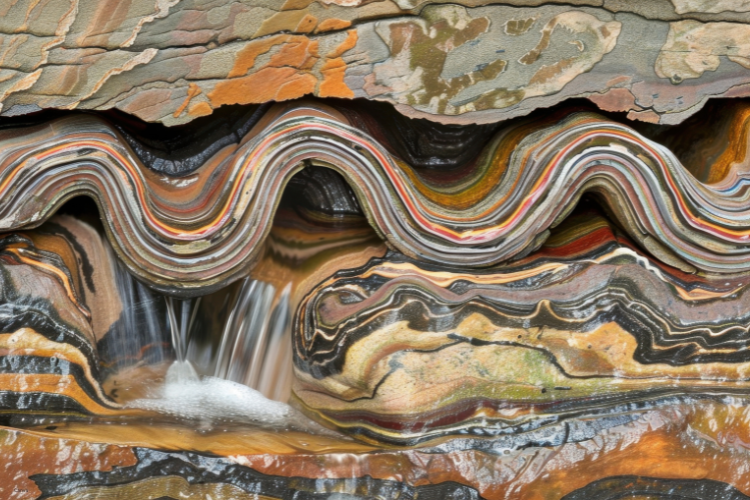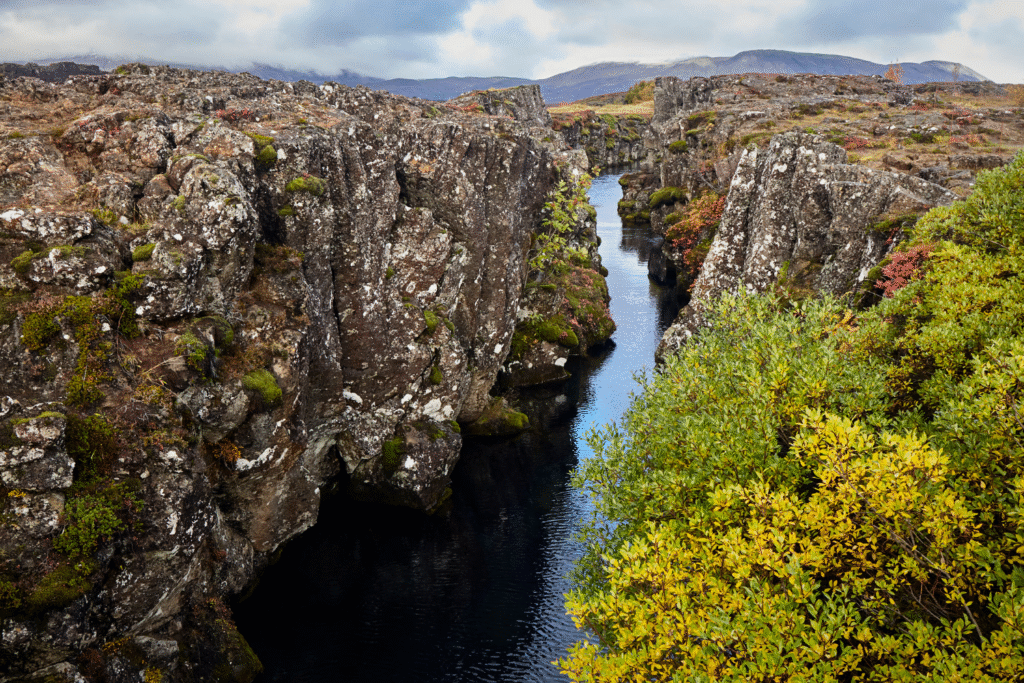A hidden body of water lies deep beneath our planet’s surface.

Recent studies suggest that far below our feet, a vast hidden reservoir of water may exist. Scientists have long suspected the mantle transition zone could hold water, but new evidence confirms that it might contain as much as all the surface oceans combined. This discovery challenges long-held ideas about Earth’s water cycle, its internal structure, and even the origins of our oceans. The deeper scientists look, the clearer it becomes that Earth is far more dynamic and hydrated than anyone imagined, storing ancient water in ways we are just beginning to understand.
1. Researchers have located a massive water-rich zone deep inside Earth.

Scientists have identified a huge water-bearing region about 255–410 miles beneath the surface, within the mantle transition zone. Seismic readings show that waves slow down as they pass through this area, revealing minerals that contain trapped water. As stated by ScienceDaily, these findings confirm that water exists within the molecular structure of mantle rocks and may equal the volume of all surface oceans. This layer appears to serve as a vast underground reservoir that silently shapes Earth’s behavior from the depths of its interior.
2. Water in this zone is trapped inside minerals under pressure.

Instead of flowing freely like rivers or lakes, this deep water is bound within the crystal structure of minerals such as ringwoodite and wadsleyite. These minerals act like sponges at extreme pressure, capturing water in the form of hydroxyl molecules. Geophysicist Steve Jacobsen discovered that samples of ringwoodite beneath North America contained measurable amounts of water, as stated by the Smithsonian Science Education Center. This means the mantle is not dry rock but a living, hydrated layer influencing how our planet evolves deep below the crust.
3. The discovery changes our understanding of the planet’s water cycle.

This hidden water reshapes the classic idea of the water cycle. It is not only about oceans, clouds and rain but also about water circulating through Earth’s deep interior. As discovered by Earth.com, scientists now believe subduction zones pull water into the mantle, while volcanic activity brings it back to the surface. This deep cycling of water could regulate Earth’s temperature, geology and atmospheric balance. It is a planetary feedback loop that may have kept Earth habitable for billions of years, quietly working beneath our awareness.
4. The amount of stored water may rival surface oceans.

Early models underestimated how much water rock could hold, but new research shows that even one percent of the mantle transition zone could equal the mass of all surface oceans. The sheer scale of this hidden water suggests that Earth’s total water content is vastly larger than once thought. While it is not in liquid form, its presence influences how the mantle behaves and moves. This realization reframes Earth as a deeply hydrated planet rather than a dry interior with wet outer layers.
5. Deep water directly impacts tectonics and volcanic activity.

The water stored in mantle minerals reduces the melting point of rock, changing how magma forms and moves. When water escapes these minerals through melting, it can fuel volcanic eruptions and lubricate tectonic plates, making them more mobile. Without this hidden water, plate tectonics might not function as efficiently, and Earth’s surface could look entirely different. It acts like an unseen conductor, subtly directing the movement of continents and the rhythm of volcanic activity across geological time.
6. Subducting tectonic plates deliver water into Earth’s interior.

When oceanic crust sinks into the mantle at subduction zones, it carries hydrated minerals and sediments with it. These materials gradually release water as they descend deeper, feeding the reservoir within the transition zone. This process recycles Earth’s water on an enormous scale, ensuring that the deep mantle remains hydrated. Over millions of years, this mechanism has likely moved entire ocean volumes of water into and out of the deep Earth, blending geology and hydrology in a single planetary system.
7. The distribution of water deep below is uneven and shifting.

Seismic mapping shows that the deep mantle does not hold water uniformly. Some regions, particularly beneath continents, appear wetter than others. This variation may help explain differences in volcanic activity and mantle flow patterns. In wetter regions, melting occurs more easily, generating hotspots or plumes that rise toward the surface. Drier zones, in contrast, remain cooler and more stable. The deep Earth is not static; it breathes in geological time, pulsing with zones of varying hydration and heat.
8. The findings reshape theories about Earth’s early formation.

If vast stores of water exist deep within the mantle, it could mean that much of Earth’s water did not arrive from comets but was present since the planet’s creation. This challenges the traditional model of late water delivery and suggests that water has been part of Earth’s structure from the start. It paints a picture of a young, molten planet already infused with moisture, slowly releasing and recycling it through the ages, maintaining the balance that made life possible.
9. These discoveries influence how we search for life elsewhere.

Understanding that planets can hide entire oceans within their interiors changes how scientists look at worlds beyond Earth. If deep water storage is common, planets that seem dry on the surface might still harbor internal reservoirs capable of supporting geologic or even biological processes. This expands the potential for habitable conditions across the galaxy, suggesting that hidden water worlds could be more common than we ever expected.
10. Scientists continue to explore this mysterious inner ocean.

Although evidence of deep water is strong, researchers are still working to measure its exact amount, movement and influence. New seismic imaging and laboratory experiments are helping to simulate the intense pressures of the mantle to understand how water behaves in such conditions. Each new discovery reveals that Earth is more complex, more dynamic and more hydrated than once believed. The story is still unfolding, and every new layer uncovered brings us closer to understanding the deep heartbeat of our planet.
